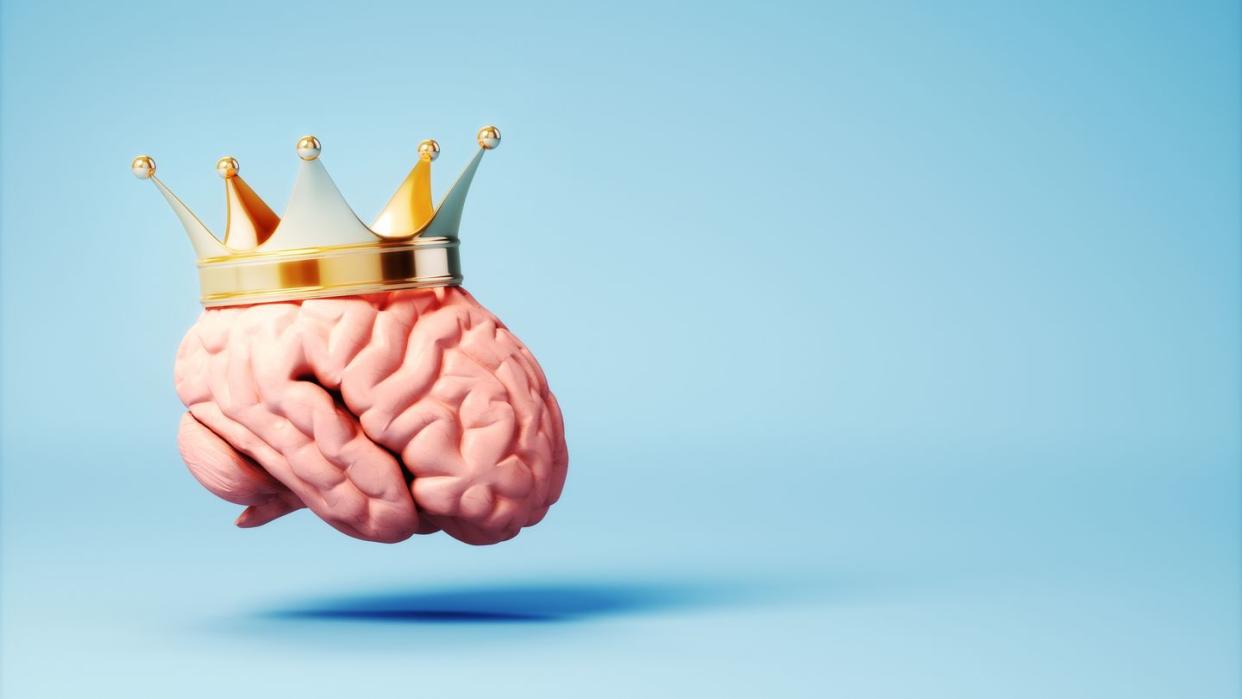Ancient Brains Have Been Discovered, Weirdly Untouched by Time

While the brain is often considered one of the first pieces of soft tissue to decompose, a new study shows that this nervous tissue can be surprisingly resilient to the ravages of time.
Analyzing more than 4,000 brains across the world, with some stretching back to nearly 12,000 years, scientists have found environmental methods conducive to the preservation of brain tissue.
Soft tissues contain much more biological information than hard tissue, so understanding how the brain can be preserved is incredibly important for future research.
There’s a well-worn adage that says “the mind is the first thing to go.” While this might feel true, as an increasing occurrence of misplaced car keys will attest, it isn’t always the case. Strangely, the same can also be said for how our body decomposes. It’s widely understood that the first organ to decompose is the human brain, but a new study from researchers at the University of Oxford is complicating that biological assumption.
Analyzing more than 4,000 brains from 200 disparate sources across six continents and throughout the entirety of the Holocene epoch, scientists have found a variety of scenarios where the brain can be spontaneously preserved—seemingly calling into question the idea that the mind is, well, the first to go. The results of the study were published in the journal Proceedings of the Royal Society B.
“In the forensic field, it is well-known that the brain is one of the first organs to decompose after death–yet this huge archive clearly demonstrates that there are certain circumstances in which it survives,” University of Oxford postgraduate researcher and study lead author Alexandra Morton-Hayward said in a press statement. “Whether those circumstances are environmental, or related to the brain’s unique biochemistry, is the focus of our ongoing and future work.”
The preserved brains in the study were found in a variety of locations and circumstances around the globe, including Iranian salt mines, Andean volcanoes, Egyptian tombs, and (in one particularly grisly example) in a severed skull mounted on a wooden spike near a lake in Stone Age Sweden. Morton-Hayward and her team associated each entry with climate data in order to observe environmental trends across the 4,000 brains.
The study showed that the brain was the only soft tissue preserved in 1,300 of the cases, which runs counter to the usual decomposition process. The study also found that different environmental conditions triggered one of five methods of preservation, including freezing, tanning, dehydration, and saponification—a process where the body’s fats decompose into a soapy substance.
The fifth method, which is also the one associated with the oldest samples in the collection, is currently a bit of a mystery. However, the researchers have a theory that proteins and lipids somehow fuse with iron and copper in particular burial sites in a way that could lead to long-term preservation.
“We’re finding amazing numbers and types of ancient biomolecules preserved in these archaeological brains," Morton-Hayward said in a press statement, “and it’s exciting to explore all that they can tell us about life and death in our ancestors.”
Soft tissues found with skeleton remains contain vastly more biological data than hard tissues. However, the researchers say that only 1 percent of these brains have been investigated. In other words, who knows what biological and historical secrets hide within these minds that have withstood the test of time.
You Might Also Like


